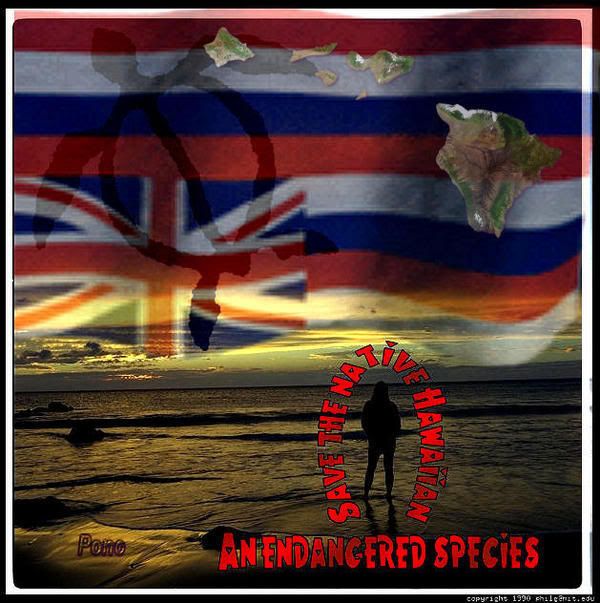

 MSNBC.com MSNBC.com |
NYT: Poisonous chemicals used to fight slick
As they struggle to plug a leak from a ruptured oil well in the Gulf of Mexico, BP and federal officials are alsoengaging in one of the largest and most aggressive experiments withchemical dispersants in the history of the country, and perhaps theworld.
With oil continuing to gush from the deep well, they have sprayed 160,000 gallons of chemical dispersant onthe water’s surface and pumped an additional 6,000 gallons directly ontothe leak, a mile beneath the surface.
John Curry, director of external affairs at BP, said the company wasencouraged by the results so far. But some environmental groups aredeeply nervous.
“I understand it’s the only thing they can do,” said Paul Orr of the group Lower MississippiRiverkeeper. “But I think it’s vital afterwards to really monitor what’shappening with aquatic life, with oil on the sea floor and things likeoyster beds.”
Even in the best cases, dispersants are applied in what might be termed a lose-lose strategy.Scientists make the calculation that it is better to have the oceanfilled with low concentrations of the dispersant chemicals — which arein themselves mild to moderate poisons — than to have dense oil on thesurface or washing up onshore, places where it is most likely to harmwildlife.
Necessary evil?
And while most environmentalists support the application of dispersants as anecessary evil to limit the damage, some have assailed an industrypolicy that guards their chemical makeup. Keeping the exact mix secretmakes it harder to evaluate the risks to marine ecosystems and to knowwhat side effects to look for as the crisis unfolds.
What is more, the main dispersants applied so far, from a product line called Corexit, had their approval rescinded inBritain a decade ago because laboratory tests found them harmful to sealife that inhabits rocky shores, like limpets, said Mark Kirby, ascientific adviser to the British government on the testing, use andapproval of oil spill treatment options.
But Mr. Kirby added that the finding might have little to no relevance tothe current situation, where the product is being applied in the openocean. While Corexit failed the British government’s limpet test, itpassed its offshore safety tests, Mr. Kirby said. (The dispersant had topass both tests for British waters.)
Still, as the molecules from the 160,000 gallons of dispersant bind with theoil from Deepwater Horizon, the oil drilling rig that exploded on April20, and fan out across the gulf, some groups are fighting for moreinformation about the product’s composition. That amount of dispersantis greater than the entire stockpile kept by oil-producing nations likeNorway.
“We flew over there and saw BP spraying all over the place,” said Frederic Hauge, head of theinternational environment group Bellona, based in Oslo. “We deserve toknow what’s in there.”
Handle with great care
Although the Nalco Company, which makes theCorexit dispersants, posted copies of the safety documents for two ofits dispersants online Wednesday, some of the ingredients are listed as“proprietary.”
The 10-page documents go into detail about compounds that must be handled with great care intheir original form, that should not touch the skin and can damagelungs. Although the documents state that the potential environmentalhazard is “moderate,” they say that when used as directed at sea in therecommended amounts the potential environmental exposure is “low.”
“It’s like any other product,” said Charlie Pajor, a senior manager at the Illinois-based company: “We developedthem and we’re protecting our trade secret.”
Mr. Pajor said that the company increased production over the weekend because it generally stockpiles only a smallamount, Corexit products are generally used in much smaller amounts totreat far smaller spills, he added.
Mr. Pajor said he could not recall a deployment of the product comparable tothe current effort.
Dispersants do not remove the oil from the ocean but instead bind with it and cause oilslicks to break up into tiny droplets that sink and can be “dispersed”by the current. They are particularly effective in treating spills indeep water and far from land, where the current can spread the particlesover a large range, diluting their dangerous effects.
“You’re basically taking the oil and transferring it to other compartments where it won’t do so much damage,” said Mr.Kirby, a team leader at Cefas Lowestoft Laboratory in Britain.
Most dispersants, he said, are a mixture of four to six chemicals that in tandem cause theoil to break up. Roughly 20-odd dispersant products exist, he said, andwhile they have generally similar types of components, they “haveproprietary recipes like Coca-Cola.”
When used out at sea, the products create a toxic plume in the immediate areathat might be dangerous for marine life there, scientists agree, butthey are diluted rather quickly by currents.
Like the United States and Britain, many countries test and approve the products before they are used, determining howtoxic they are when administered in low doses to marine animals likeshrimp.
New products are constantly being developed to be more effective. Still, a few countries forbid their usebecause their long-term effects are somewhat uncertain and many requireprior approval of national officials before deployment.
Leslie Kaufman contributed reporting.
This story, "In Gulf of Mexico, Chemicals Under Scrutiny," first appeared in TheNew York Times.
URL: http://www.msnbc.msn.com/id/36981842/ns/technology_and_science-the_new_york_times/

Comments